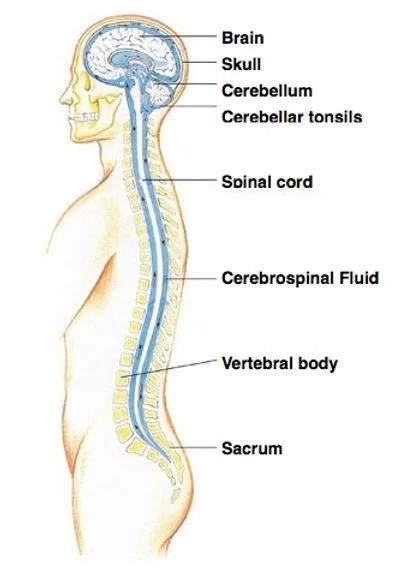Neck pain should not be chronic
Helping patients with Whiplash In Nanaimo
Most people have heard of the term whiplash before. A whiplash is a neck injury due to a forceful, rapid back-and-forth neck movement, like the cracking of a whip, but also from a lateral rapid movement of the neck. It commonly happens during a motor vehicle accident, whether people are rear-ended or hit from the side. People can also fall very hard on their buttocks, resulting in a vertical whiplash. With speed and impact force, your neck, the smallest part of the spine, and the surrounding muscles are often too weak to support the head's weight. This results in an over-lengthening of the muscles in the front and then at the back, or vice versa. At the moment of impact, your body goes through fight-and-flight, your heart and breathing rates increase, your mind is clear, and you walk away. Therefore, you think you are not injured, with the adrenaline hormones pumping through your veins. You count your blessings and think you are doing well, considering your car is a total wreck. It is only a few days later that your neck seizes up, and you realize that you have whiplash. The above is the classic presentation of whiplash. Symptoms of whiplash can last a few days but can extend to a few years, often leading to chronic neck pain and slow loss of mobility.
Osteopathy and Whiplash
When assessing patients with possible whiplash symptoms, osteopathic practitioners often find that the membranes surrounding the brain and the spinal cord, called meninges and, more specifically, the dura matter, can be the culprit in lingering symptoms of whiplash. These membranes are the most profound protection for the central nervous system against shocks. They also keep the brain and the spinal cord bathed in the cerebrospinal fluid responsible for nourishing the central nervous system. These membranes extend from the head, surrounding the brain, and the spinal cord to the area on the lower back called the sacrum. It is also why some people's lower back will hurt after a whiplash event.
The craniocranial system comprises the Central Nervous System, the meninges, the cerebrospinal fluid and the skeletal system.
How can I help?
I have seen whiplash in my office since starting my practice in Osteopathy over ten years ago. The secret of its resolution lies in the whole body approach so unique to us practitioners. Even if the pain or symptoms in the neck region are the most common, I will still assess and treat the following:
Overall shock imprints in the fascial layer and the entire volume of the body
The thoracic cage for possible seat belt restrictions around the sternum, thoracic spine and associated shoulder girdle, including the clavicles and ribs
The structures of the neck, including the fascias, bones, blood/nerve vessels
The protective membranes of the heart, the pericardium, also for possible insults from the seat belt
The meninges and dura from the brain to the sacrum (craniosacral connections)
The diaphragm for compressions, being stuck in an inhale or exhale attitude because of shock
Any cranial bones that the airbags might have impacted
Any myofascial, skeletal, visceral, blood/nerve vessel structures, previous injuries, or scars that can prevent the body from reaching a point of auto-regulation and self-healing.
This list is not a recipe for all patients with whiplash, but most patients will need many of these structures worked on to resolve their whiplash fully. Every patient is different, and I take special pride in saying that the techniques used and their order in the treatment sessions will be individualized according to their needs.
If you recently had whiplash or still have neck stiffness from whiplash, even years after the injury, and want to try a holistic, gentle, but profoundly effective approach, look no further. Feel free to contact me at info@anouksanchezosteopathy.com if you have any questions; visit www.anouksanchezosteopathy.com for more information about Osteopathy and myself and for booking your first sessions in Nanaimo and Vancouver.


